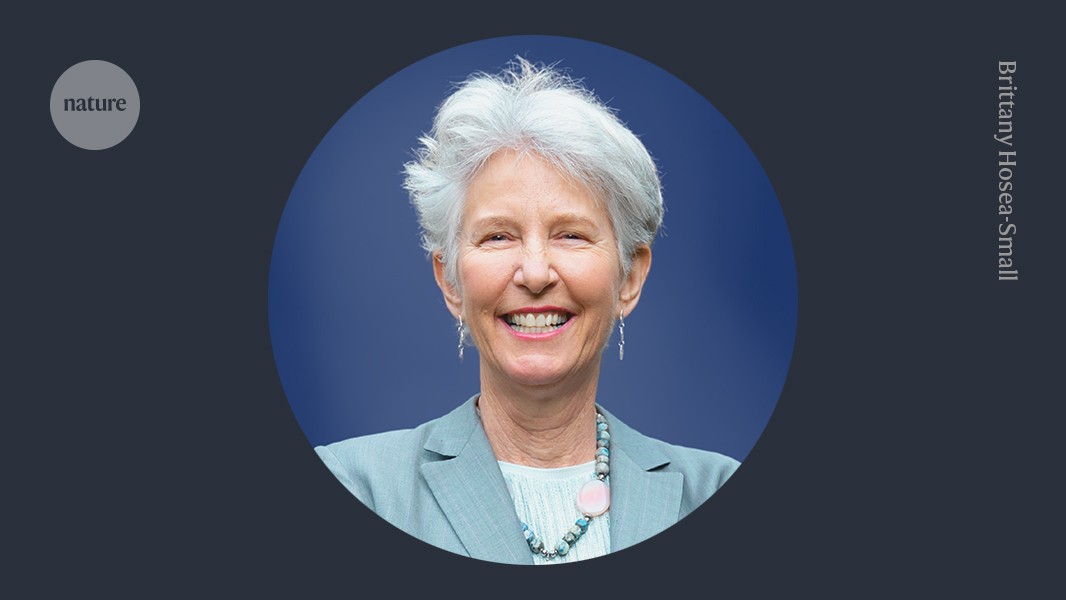The cuts to US federal science funding are beginning to bite around the world. Now, more than ever, private funders, such as philanthropic organizations, must make the most of their investments.
As the head of philanthropic funder The Kavli Foundation and a former faculty member at Harvard University in Cambridge, Massachusetts, I know that grants from philanthropies cannot replace those from public sources. However, I think private funders can bolster science by focusing on two intertwined goals. The first is to back early-stage, high-risk work with the potential to change the future of science and technology. The second is to work together, to maximize investment returns.
How philanthropy can nurture your research
In 2021, institutions and privately run philanthropies funded US$24.7 billion worth of basic research in the United States — 38% of the funding total (see go.nature.com/4jk42jg). As such, they are well placed to provide an equivalent to venture capital for fundamental science, supporting out-of-the-box ideas that will yield some transformative work and some failures.
Other funders are less suited to filling this niche. Governments, beholden to their citizens, are often averse to risky investments. To avoid wasting taxpayer funds, a project needs to have a high probability of success — there must be a proof of principle, which can come from philanthropy-supported work. And although private firms can drive rapid scientific innovation, their focus is on developments that help them to bring applied science to market.
Moreover, philanthropies can often get money into researchers’ pockets faster than can governments. The process of evaluating a project and awarding public funding is often lengthy. By contrast, philanthropies can prescreen ideas and applications, define a narrow set of review criteria and expedite review, decision-making and funding.
However, further collaboration is needed, to increase the potential impact of investments. Although philanthropies collectively have vast resources, their money is disparately distributed. Many relatively modest pots of money are held by individual foundations and wealthy donors. Collaborations could boost the scale of investment in emerging areas and so increase the chances of breakthroughs.
Have Trump’s anti-DEI orders hit private funders?
Partnerships also help to mitigate an often-cited concern about philanthropies — that one wealthy individual or family can unduly influence the global research agenda.
The Kavli Foundation has been partnering with other donors since 2000, initially through the Kavli institutes, and since 2021 by prioritizing building collaborations for risky projects — so I’ve seen the benefits of this approach. In 2024, for instance, we launched a partnership to develop innovative 3D quantum materials.
Such partnerships accelerate funding. The selection of grant recipients is streamlined — only one set of reviews is needed, instead of having one for each funder. Decision-making is better because the perspectives of several funders are combined. And by partnering, we can collectively invest more funds than any one of us would stake individually. At the same time, each organization can invest fewer resources than would be required when acting alone, thus reducing the individual risk.
Our quantum-materials project might not work out as intended. It might be impossible to make high-quality versions of any of the innovative materials tested. Regardless, this research should help to advance fundamental science and could lead, for example, to computing resources more energy-efficient and powerful than any currently available.




